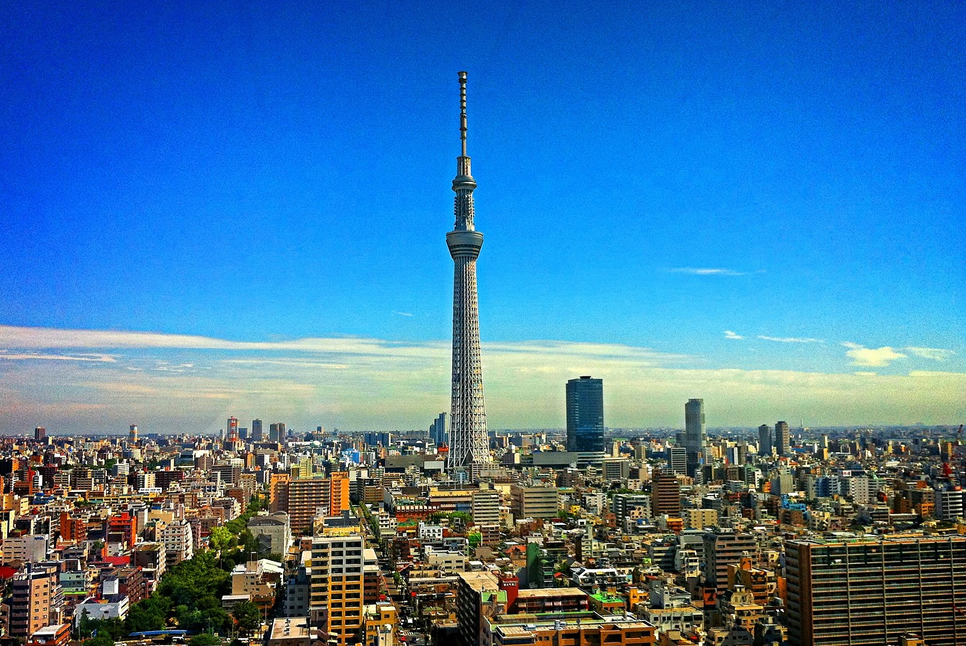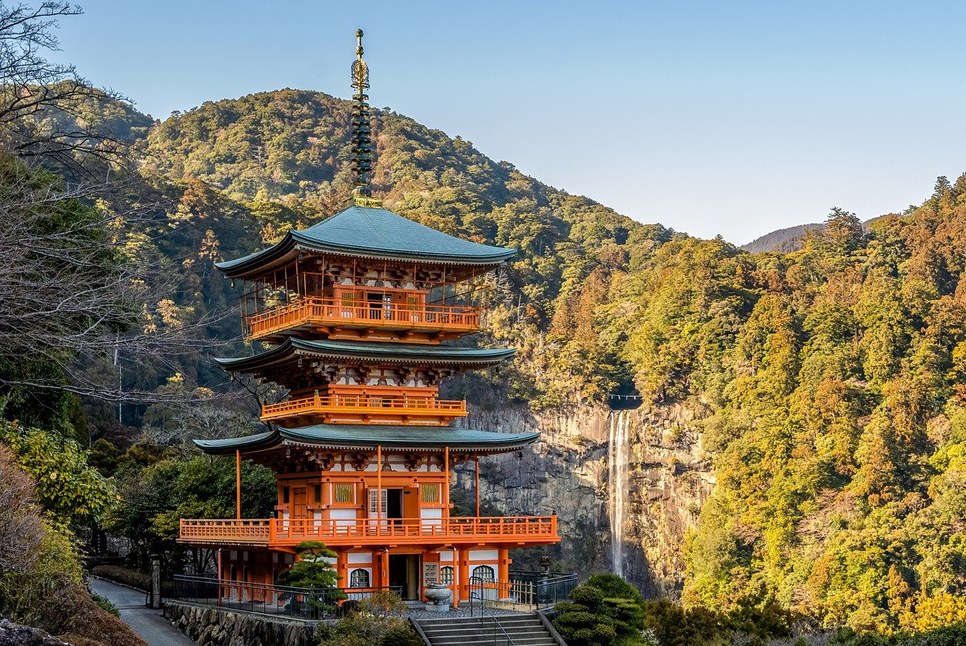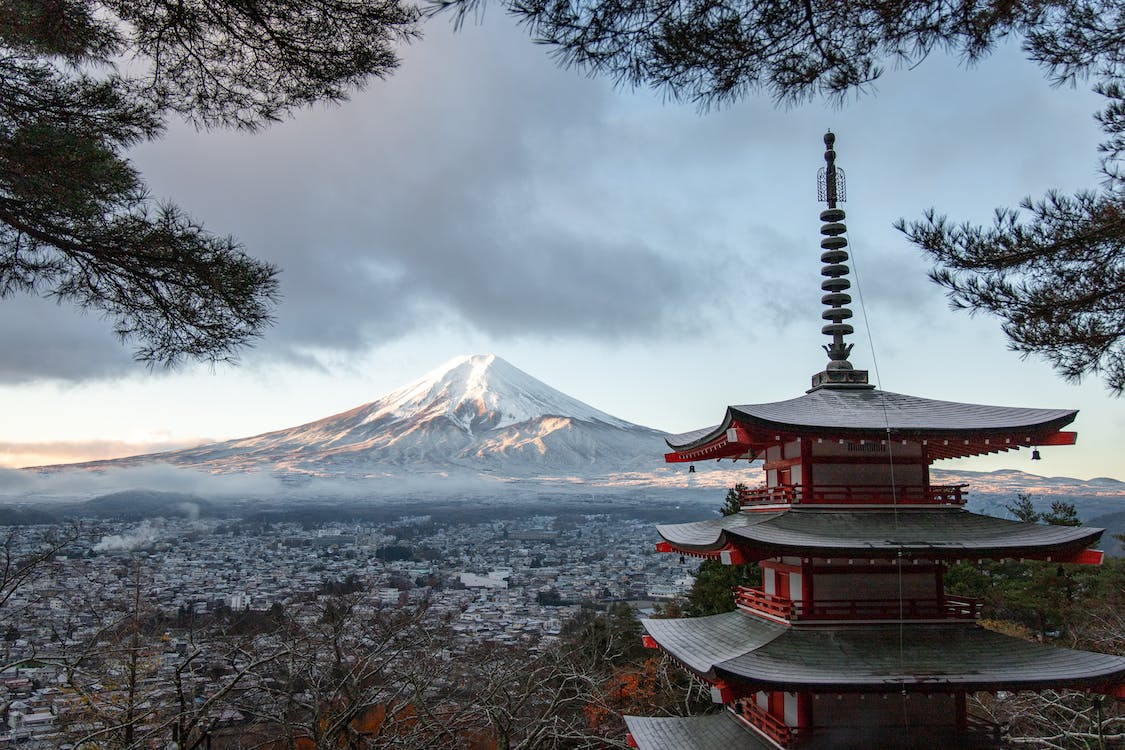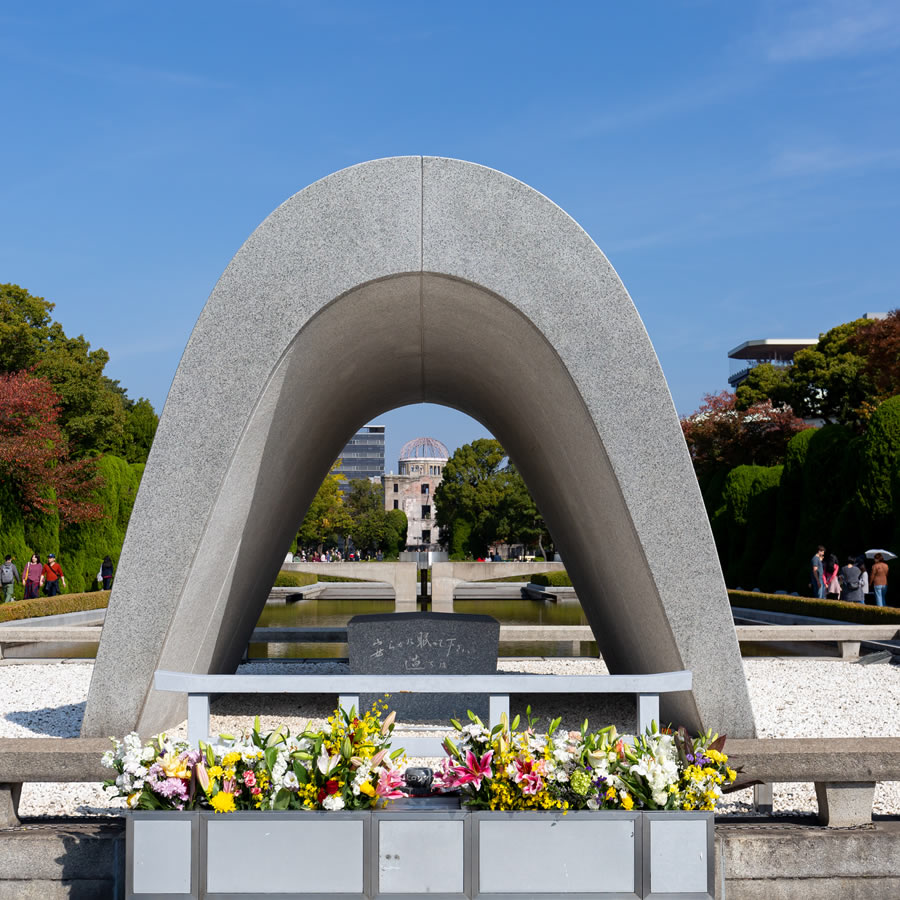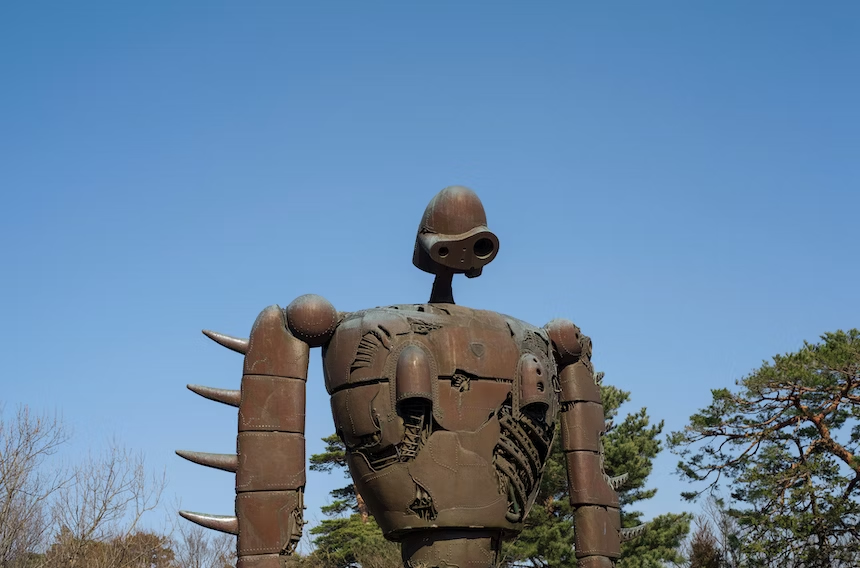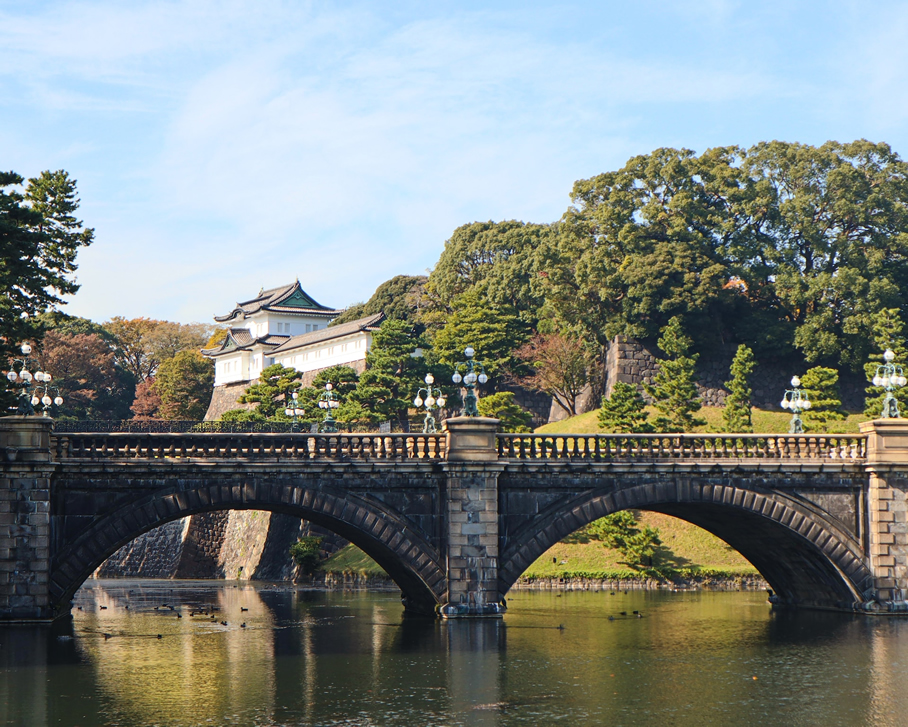Nestled in the heart of East Asia lies a land of captivating contrasts: Japan. From the serene beauty of its ancient temples to the bustling energy of its neon-lit cities, Japan is a destination that effortlessly blends tradition with innovation. Embark on a journey with us as we explore the wonders of this enchanting country.
Continue readingJapan: A Journey into Tradition and Innovation
Nestled in the heart of East Asia lies a land of captivating contrasts: Japan. From the serene beauty of its ancient temples to the bustling energy of its neon-lit cities, Japan is a destination that effortlessly blends tradition with innovation. Embark on a journey with us as we explore the wonders of this enchanting country.
Continue readingExploring the Land of the Rising Sun: A Journey through Japan’s Rich Culture, Technology, and Natural Beauty
Japan, often referred to as the “Land of the Rising Sun,” is a captivating blend of tradition and innovation, seamlessly woven into the fabric of its society. Nestled in the eastern part of Asia, Japan is an archipelago comprising four main islands—Honshu, Hokkaido, Kyushu, and Shikoku. Renowned for its unique cultural heritage, cutting-edge technology, and breathtaking landscapes, Japan is a destination that captivates the hearts and minds of travelers from around the globe.
Continue readingPeace Park
Peace Park
The green, spacious park is presided over by the 10-tonne bronze Nagasaki Peace Statue, designed in 1955 by Kitamura Seibō. It also includes the dove-shaped Fountain of Peace (1969) and the Peace Symbol Zone, a sculpture garden with contributions on the theme of peace from around the world.
Practically adjoining the park to the south is the smaller Atomic Bomb Hypocentre Park, with a monument marking the epicentre of the deadly blast.
On 9 August a rowdy antinuclear protest is held within earshot of the more formal official memorial ceremony for those lost to the bomb.
Article source
Ghibli Museum
Ghibli Museum
Master animator Miyazaki Hayao, who co-found Studio Ghibli and directed some of its best-known works, designed the museum, and kids will become immediately captivated by the fairy-tale atmosphere, from the spiral staircases seemingly leading to dead ends to the replica of the giant cat bus from My Neighbour Totoro. Fans will enjoy the original sketches on display, as well as the host of original short films playing at the small on-site Saturn Theater. The museum also houses exhibitions relating to the history of animation, plus a popular gift shop, a good-quality restaurant and a reading room.
How to get tickets for the Ghibli Museum
The Ghibli Museum (which is pronounced ‘jiburi’ – its full name is ‘Ghibli Museum, Mitaka’) is on the western edge of Inokashira-kōen in West Tokyo, and you can walk there through the park from nearby Kichijōji Station in about 30 minutes. A minibus (round trip/one way ¥320/210) leaves for the museum every 20 minutes from Mitaka Station (bus stop 9).
How to get to the Ghibli Museum
Tickets can be purchased up to four months in advance from overseas travel agents or up to one month in advance through the convenience store Lawson’s online ticket portal. Both options are explained in detail on the official Ghibli Museum website. For July and August visits especially, we recommend buying tickets as soon as you can from an agent as they will definitely sell out early. Tickets are non-transferable; you may be asked to show an ID.
The ticket price is ¥1000 for adults (19+), ¥700 for 13-18 year olds, ¥400 for 7-12 year olds, ¥100 for 4-6 year olds, and free for ages 3 and under.
Article source
Imperial Palace
Imperial Palace
The Imperial Palace occupies the site of the original Edo-jō, the Tokugawa shogunate’s castle. In its heyday, this was the largest fortress in the world, though little remains today apart from the moat and stone walls. Most of the 3.4 sq km complex is off limits, as this is the emperor’s home, but join one of the free tours organized by the Imperial Household Agency to see a small part of the inner compound. Surrounding the palace is Kōkyo-gain, a 115-hectare national garden, which includes public green spaces, moats, and museums. The pretty East Gardens are open to the public all year round and can be entered without a guide.
History
In its heyday, Edo-jō was the largest fortress in the world. When the shogunate fell, and the emperor moved to Tokyo, the castle became the imperial residence – Kōkyo. Much of it was destroyed by fires in 1873, and construction on a new palace was finished in 1888.
WWII air raids leveled most of the palace, and the current ferro-concrete buildings in Japanese modernist style were completed in the 1960s. The central tower, which contains the throne room, Matsu-no-Ma (Pine Chamber), is called the Kyūden. The low-slung structure is surprisingly modest – at least from what can be seen on public tours.
The moats and imposing stone walls visible around the perimeter of the palace grounds belonged to the original castle.
Touring the palace
Tours (lasting around 1¼ hours) run at 10am and 1.30pm usually on Tuesday to Saturday, but not on public holidays or mornings from late July through to the end of August. They’re also not held at all from 28 December to 4 January or when Imperial Court functions are scheduled. Arrive no later than 10 minutes before the scheduled departure time at Kikyō-mon, the starting and ending point.
Reservations are taken – via the website, phone or by post – up to a month in advance (and no later than four days in advance via the website). Alternatively, go to the office at Kikyō-mon (open 8.45am until noon and 1pm to 5pm) where you can book for a tour up to seven days in advance; if there is space available on that day’s tours, you’ll be able to register. Bring photo ID.
The tour will take you past the present palace (Kyūden), a modest low-rise building completed in 1968 that replaced the one built in 1888, which was largely destroyed during WWII. Explanations are given only in Japanese; download the free app (www.kunaicho.go.jp/e-event/app.html) for explanations in English, Chinese, Korean, French or Spanish.
If you’re not on the tour, head to the southwest corner of Kōkyo-gaien Plaza to view two bridges – the iron Nijū-bashi and the stone Megane-bashi. Behind the bridges rises the Edo-era Fushimi-yagura watchtower.
The main park of the verdant palace grounds is the Imperial Palace East Garden, which is open to the public for free without reservations, though entry numbers are limited. You must take a token upon arrival and return it at the end of your visit.

